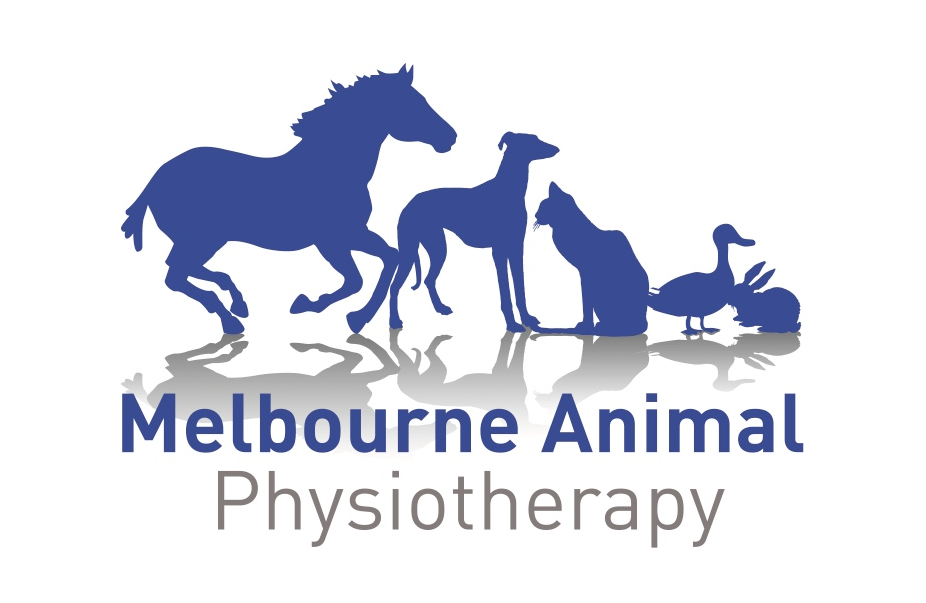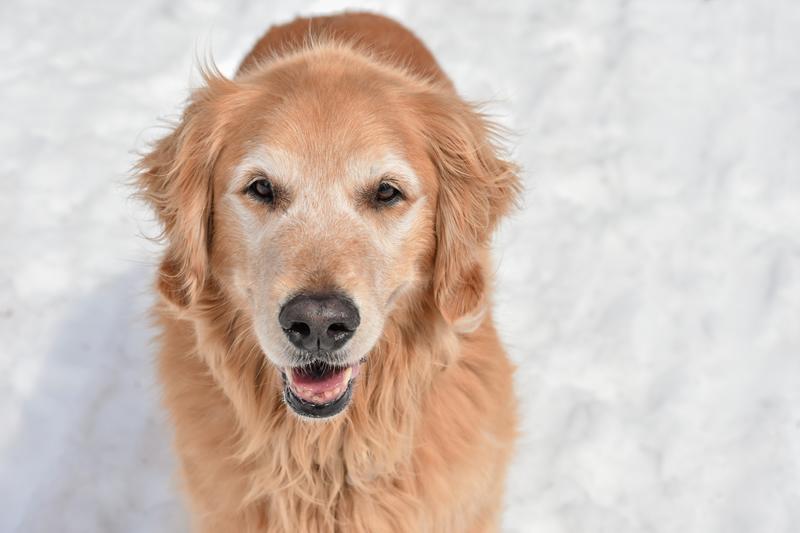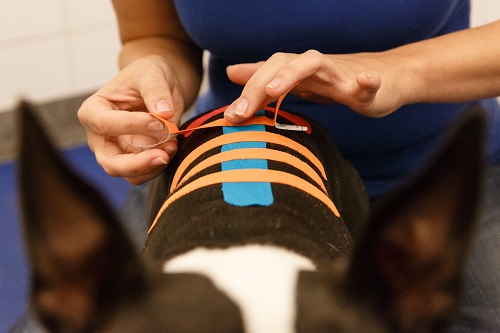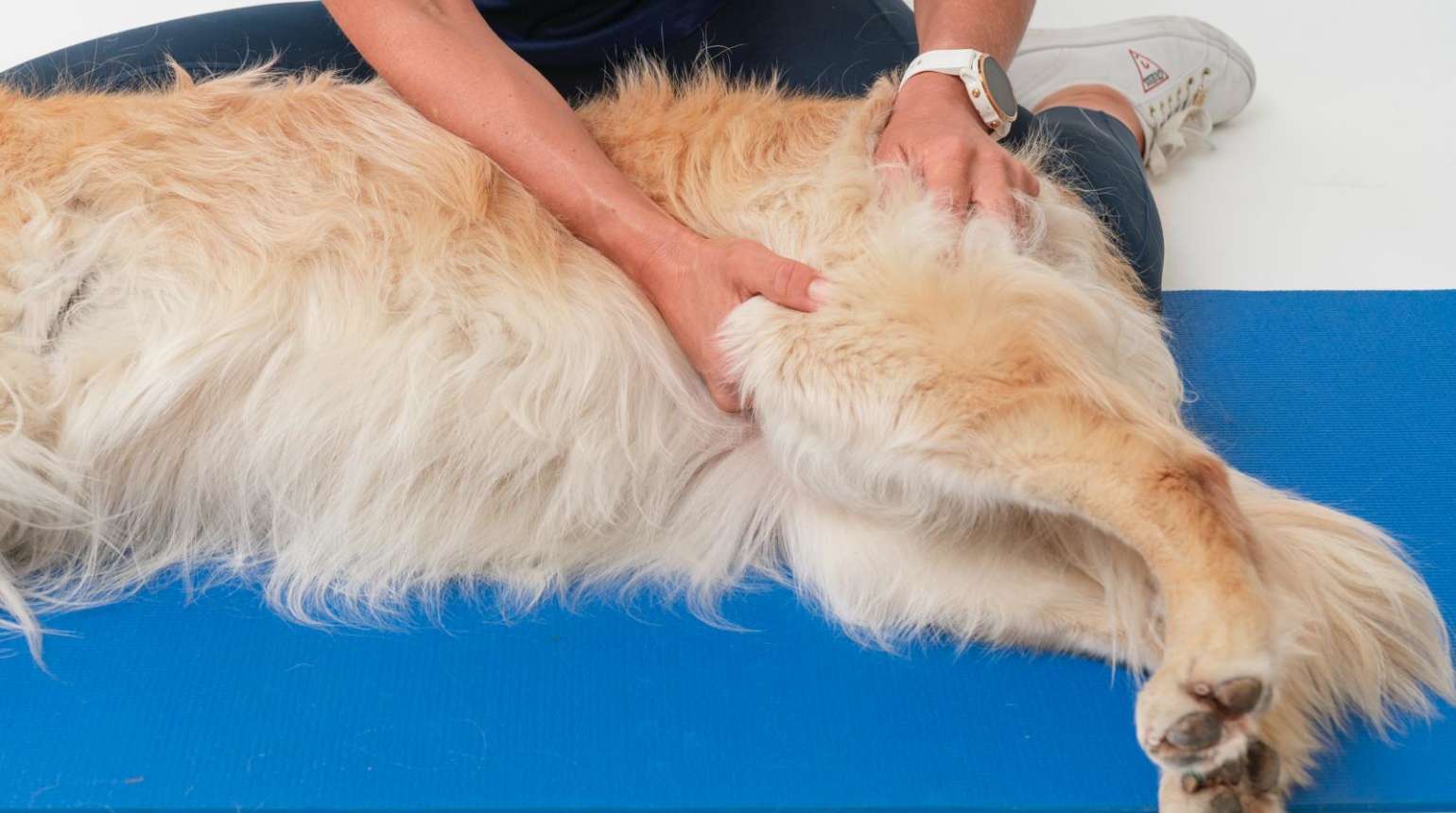I write this blog as it is something I am experiencing firsthand with our beloved Goldie, Butterscotch as she enters the later stages of her life and begins to slow down. As our senior dogs begin to age, they tend to sleep more and have much less stamina on walks. It can be very easy to simply let them become less active, and avoid walking altogether. Often families with more than one dog, will simply leave the older one at home and take the young one. As humans we know the important saying, if you don’t use it, you will lose it, and the same goes for our pooches.
Here’s some simple and beneficial things to try with your older dogs:
1) Let them investigate their surroundings more. Allow time to sniff, take them to new places, perhaps set up some smell zones around your house and yard for them. Engaging their sense of smell will help dogs to remain cognitively aware and intact as they age. You may even hide treats, or yourself in the house, and play hide and seek. Set up multiple feeding stations each containing a portion of your dog’s food.
2) Take them out! If you are finding your dog is starting to slow or not be able to maintain a reasonable distance for walks, try to make their walks shorter and more regular, so rather than one big walk, try 2-3 shorter walks a day. Stick to more natural surfaces which are more comfortable on their paws, and less hilly areas if they are struggling with these. Consistency is key when it comes to exercise, so try to stick to a similar routine most days, but as mentioned above, engage their senses with plenty of different routes. You may also like to look into a wagon for your dog so they may walk for a period of the walk, and then be able to be transported for the remainder. This means they still benefit from being out and about, socializing, and seeing different environments, and their owners can benefit from increased exercise. There are many do prams, and bike carriers that suit older dogs. Often older dogs love this as they are able to be a part of the family and move again with their owners.
3) Stimulating toys, that encourage cognitive use for rewards. There are many games/toys on the market that require the dog to do some problem solving to receive a treat, which can be a great way to keep an older dog active at home. Also, teaching obedience and tricks is very rewarding for both owners and older dogs. Remember you can teach an older dog new tricks, as opposed to the usual saying.
4) Enjoy time together! To be honest, this is probably the one that we often forget, or don’t give enough credit to. Often, an older dog will simply enjoy spending time together, petting, playing in the yard, giving home massage, grooming. A visit to their physio also contributes to their interaction. I feel a strong connection to my regular older dogs and I believe they feel one to me also. There is a great benefit in a regular physio/hydro program if possible for these dogs. However, if that is not possible, a visit to a friend or vice versa can provide much-needed social stimulation.



